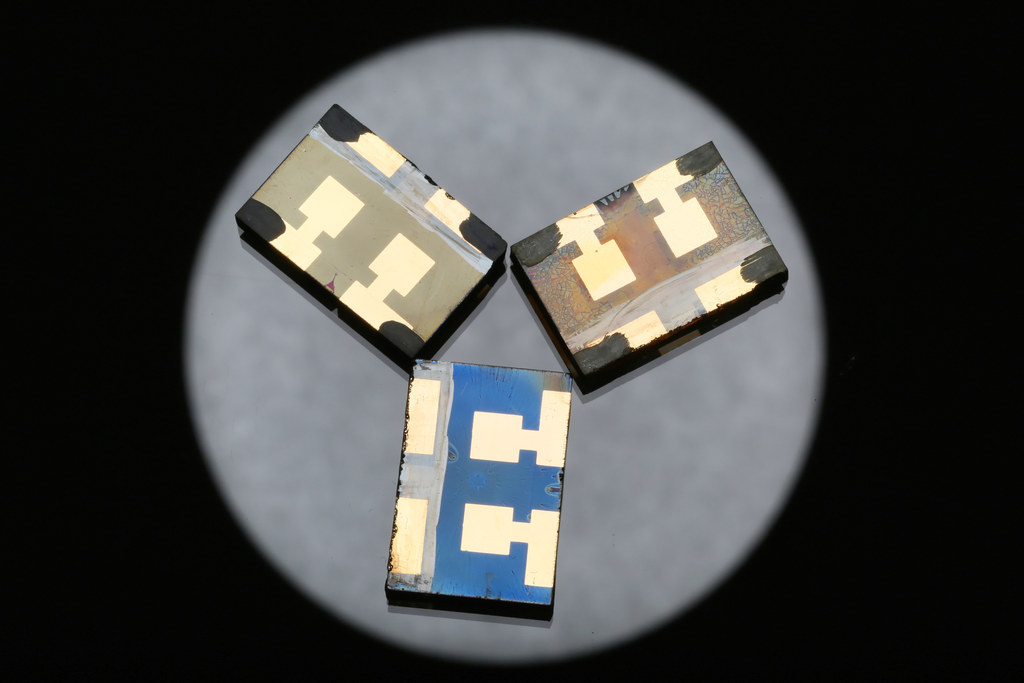While the high conversion efficiencies achieved with perovskite solar cell materials have garnered plenty of attention in recent years, the accompanying sensitivity to heat and moisture still present a challenge to commercialization.
Plenty of additives, encapsulants and barrier layers have been suggested to fix this, but understanding the exact mechanisms that take place within the material to cause damage upon contact with heat and water could open up pathways to a more comprehensive solution. This was the goal of scientists led by École polytechnique fédérale de Lausanne (EPFL) in Switzerland and South Korea’s Sungkyunkwan University, who looked deep into the crystalline structure of a perovskite to work out what was going on.
The group analyzed different facets – flat faces on the surface of the crystal. Their results are published in the paper Unveiling facet-dependent degradation and facet engineering for stable perovskite solar cells, published in Science. The group found one common facet, the 100 facet, which it describes as “perpendicular to a crystal's c-axis with its atoms arranged in a repeating pattern in the form of a square grid”, was particularly unstable when exposed to moisture.
Popular content
Another facet, named 111 and described as “atoms arranged in a triangular grid,” was shown to be much more moisture resistant. And the group set about engineering a new perovskite film that would grow with more of the 111 facet and less of the 100. The group used the films to make solar cells that achieved 23.8% efficiency, and these maintained 85% of their initial performance after 800 hours under test conditions of 85% humidity and a temperature of 85 C, while a control sample fell to 75% of its initial performance value under the same conditions.
The group says various optimizations should be able to improve the PV performance of the newly engineered perovskite, and that it expects this type of facet engineering to be a valuable tool in developing perovskite solar cells that can meet market expectations for performance and longevity.
This content is protected by copyright and may not be reused. If you want to cooperate with us and would like to reuse some of our content, please contact: editors@pv-magazine.com.



By submitting this form you agree to pv magazine using your data for the purposes of publishing your comment.
Your personal data will only be disclosed or otherwise transmitted to third parties for the purposes of spam filtering or if this is necessary for technical maintenance of the website. Any other transfer to third parties will not take place unless this is justified on the basis of applicable data protection regulations or if pv magazine is legally obliged to do so.
You may revoke this consent at any time with effect for the future, in which case your personal data will be deleted immediately. Otherwise, your data will be deleted if pv magazine has processed your request or the purpose of data storage is fulfilled.
Further information on data privacy can be found in our Data Protection Policy.